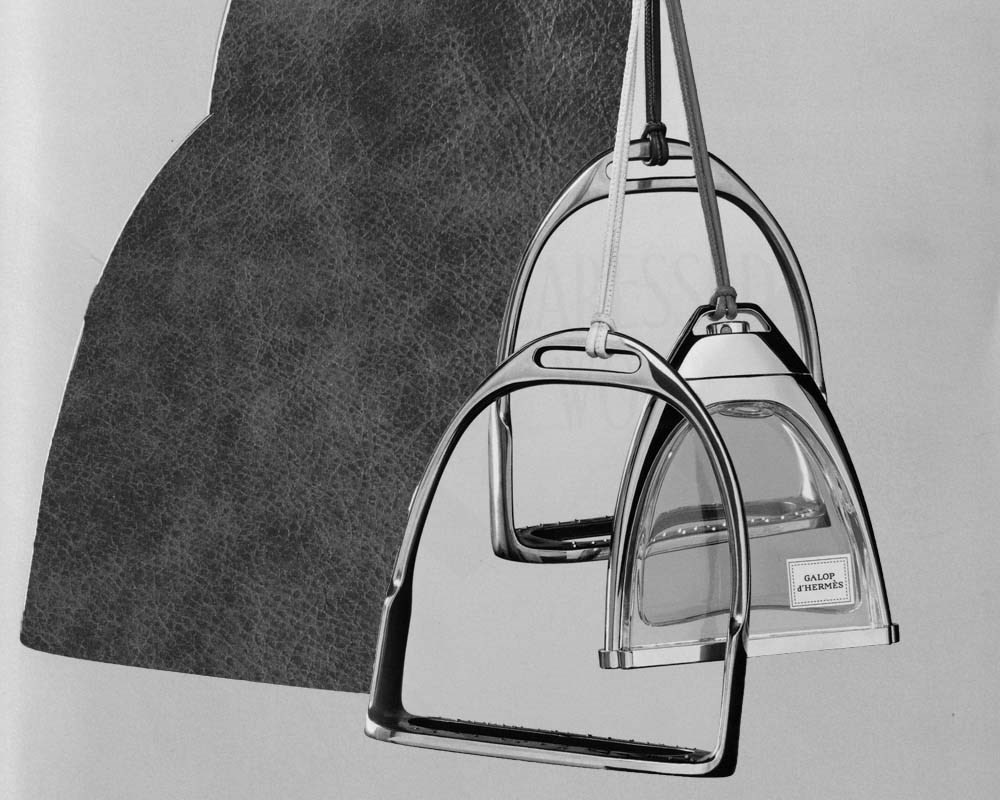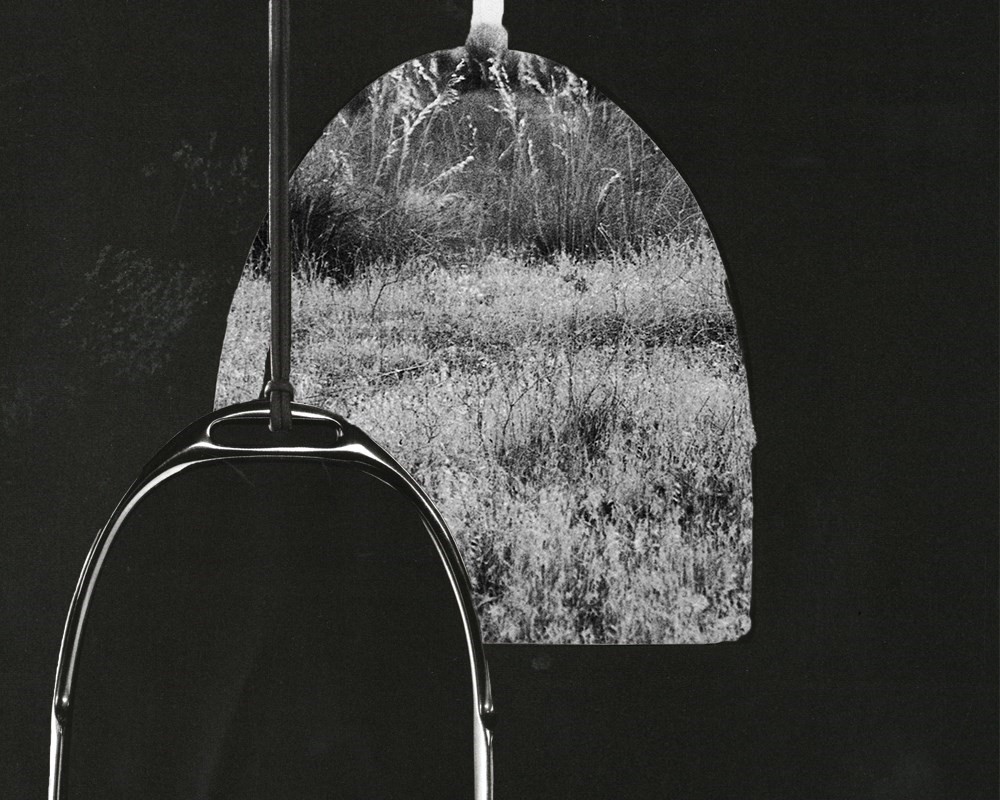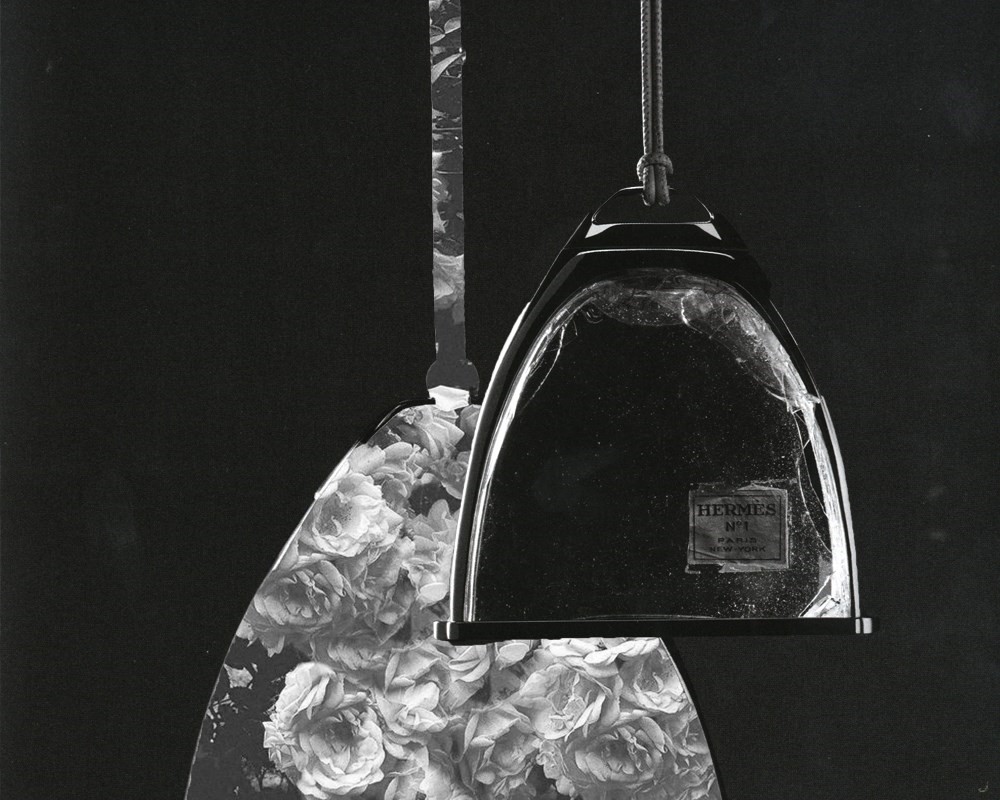“A brand is the sum of all the feelings, perceptions and experiences a person has as a result of contact with [it]”, wrote Uche Okonkwo in her treatise on luxury branding – and so, to be a fashion house with one foot in the realm of perfume is not only a profitable endeavour, but a slightly risky one, too. After all, when you are trading on your cultural cachet, you can hardly afford to have a mediocre (much less, a cheap-smelling) perfume bearing your name on the market; in fact, as entry-point fragrances are often more ubiquitous than the clothing of luxury houses, your scent must epitomise, even enhance, everything that you wish to communicate about your brand. “Hermès is perhaps the only establishment in the world in which one cannot buy a single article that is not in perfect taste,” wrote The New York Times in 1940 (a proclamation as true now as it ever was) – and while that’s certainly a statement to live up to, its perfumes (in production since 1951, when Edmond Roudnitska created the frankly brilliant Eau d’Hermès) have maintained that legacy with impressive consistency.

While Hermès was once known for its saddlery, in 1929 it moved into womenswear and, a couple of decades later, became as renowned as a perfumery as it was either of those other arenas. There’s Calèche, and Bel Ami, and Voyage d’Hermès, and any number of other concoctions known the world over for their refinement. “This house can impress, indeed,” remarked Christine Nagel, the woman who has recently taken the reigns of its perfumery branch, inheriting the impressive legacy of master perfumer Jean-Claude Ellena. “But once you’re inside its world, it is simple.” And so, for her inaugural composition for the house, Galop d’Hermès, she has returned to the brand's heritage while celebrating its modernity: simultaneously exploring the label's leather cellars (specifically, calf leather suede or “doblis”) and its contemporary, easy understanding of womanhood. A blend of soft, tactile leather with fleshy quince and Turkish rose, it is voluptuous and feminine but distinctly animalistic. “What I wanted was, when someone wears Galop, for you to say 'oh, you're wearing Galop’, she explains. “I wanted to create this memorable thing, this signature, this hallmark that you recognise perfectly.” So, contained within a stirrup-shaped bottle (certainly appropriate considering the equestrian heritage of the house) – the same style that was, in 1930, gifted at a New York store opening to just 200 journalists and socialites, but has never been commercialised – Galop embodies the core signatures of the house with an impressive finesse.

“I'm seduced by Hermès' femininity,” Nagel continues to explain, “it's very interesting because it is bold, elegant, and based on tactile strength. You really need to go to an Hermès store to see it but, if you wear a piece of Hermès, it gives you an allure, a certain look. The Hermès woman has elegance and panache, but also this feeling of wellbeing because the textures are comfortable, well chosen. They are clothes that you wear every day; as Pierre-Alexis Dumas says, “we support women in their daily lives. We don’t do eveningwear, we make clothes to wear day-to-day. It’s different – and these are all values that I try to place in my perfumes.” Thus, this fragrance – a distinctive but everyday scent, compellingly chic and perfectly formed – is the complete olfactory representation of the brand values; an amplification, even, of its devotion to subtle, but omnipresent, perfection; the epitome of luxury. And when that's distilled into a fragrance? Delightful.
